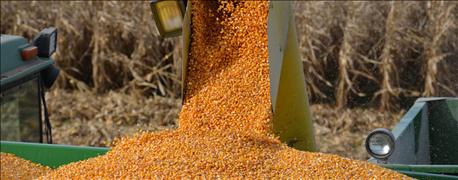October 7, 2015

The significant decline in crop net returns that has taken place in 2014 and 2015 suggest that cash rents need to be lowered.
Related: Cash rent rates should be renegotiated
For obvious reasons, landowners are reluctant to lower cash rents, particularly given the uncertainty with respect to prices in 2016 and beyond. Switching from a fixed cash rent lease to a flexible cash rent lease allows a lower base rent to be established while simultaneously allowing landowners to share in relatively high crop revenues if they occur.
Parameters that need to be considered when developing a flexible cash rent lease include a base cash rent, crop revenue triggers and landowner shares above the revenue trigger.
For the illustration below, we will set base cash rent at 70% of current cash rent. Non-land costs can be used along with the base cash rent to set the crop revenue triggers. The landowner share above the revenue trigger can vary, but for illustrative purposes we will use 50%.
Let's use a simple example to illustrate how a flexible cash rent lease may work. Assume that the current cash rent is $280 per acre. Using this figure, base cash rent will be set at $195 per acre, which is approximately 70% of current cash rent. We'll assume that the farm utilizes a corn/soybean rotation. Using cost budgets for corn and soybeans, revenue triggers are set at $750 per acre for corn and $550 per acre for soybeans.
Using the base case rent and revenue triggers above, let's see how a low crop price, mediocre year scenario plays out. It uses trend yields and relatively low prices.
Suppose corn and soybean yields are 180 and 55 bushels per acre, respectively. Corn and soybean prices are $3.50 and $8.50 per bushel, respectively. Under these assumptions corn and soybean revenue are $630 per acre and $468 per acre, respectively.
Related: New cost data project 2015 grain farm losses
Both of these revenue amounts are under the revenue triggers, thus the base cash rent applies. Under this scenario the landowner would receive $195 per acre in cash rent.
Langemeier is assistant director of the Purdue University Center for Commercial Agriculture
About the Author(s)
You May Also Like






